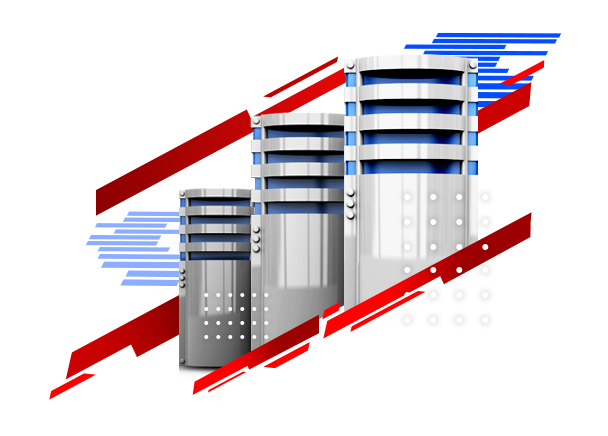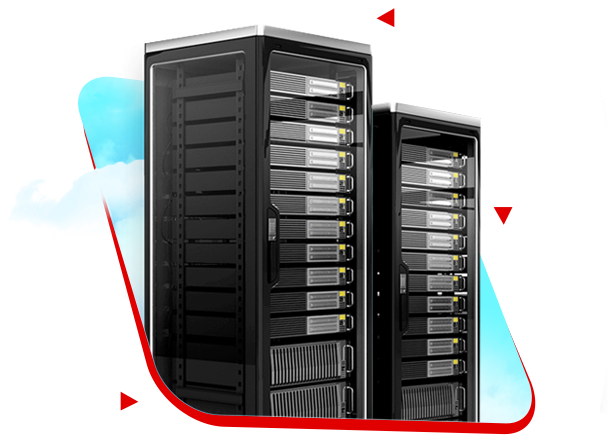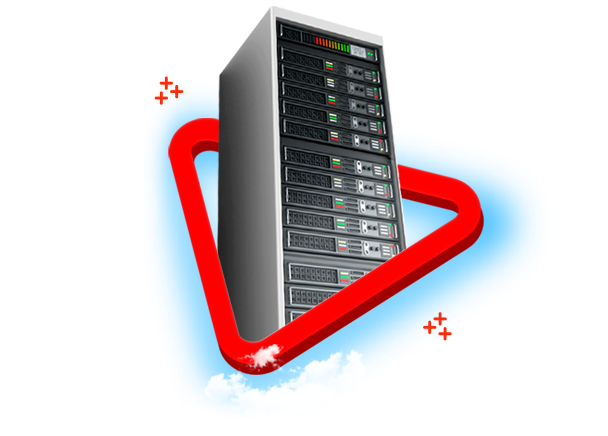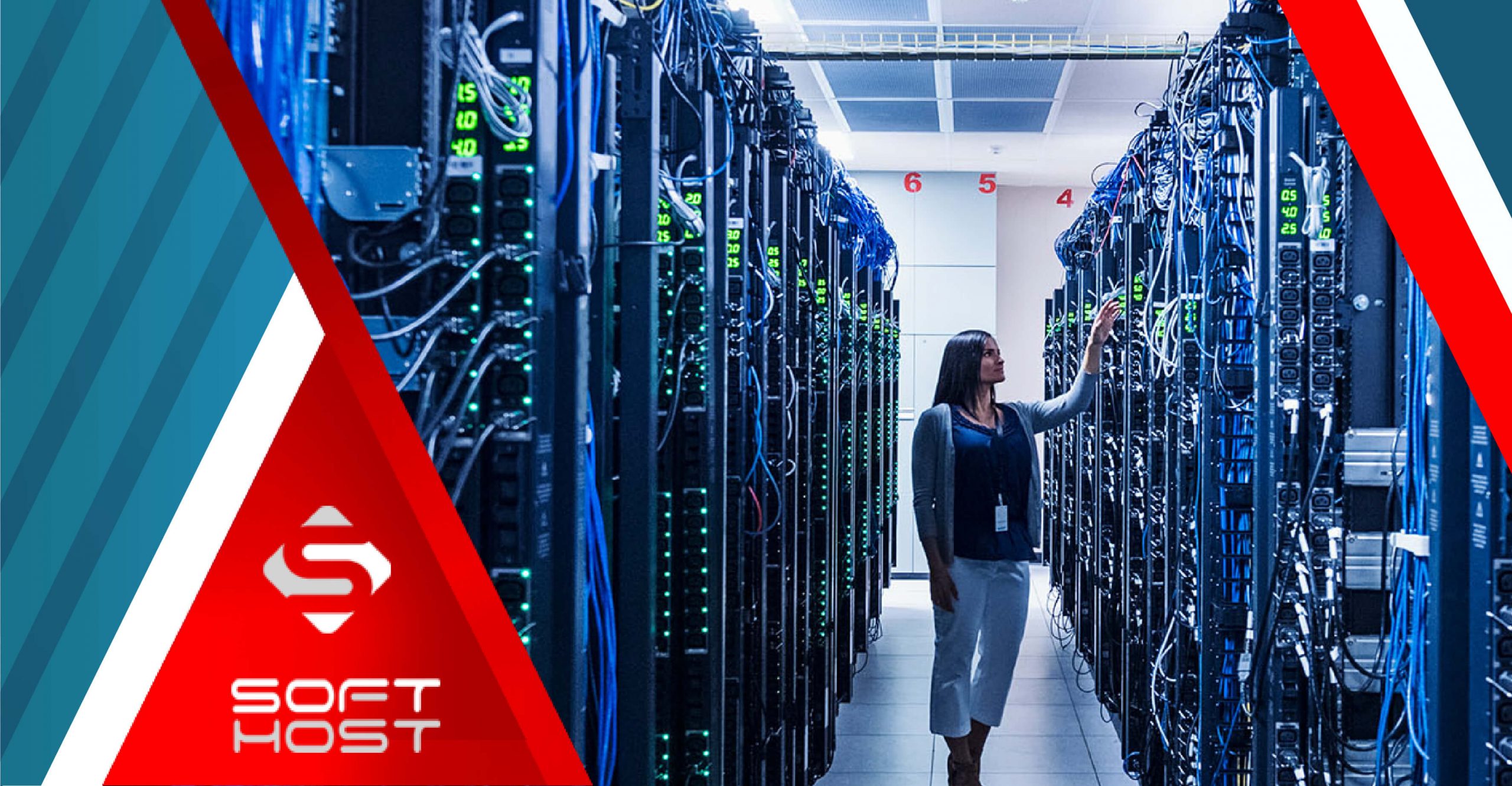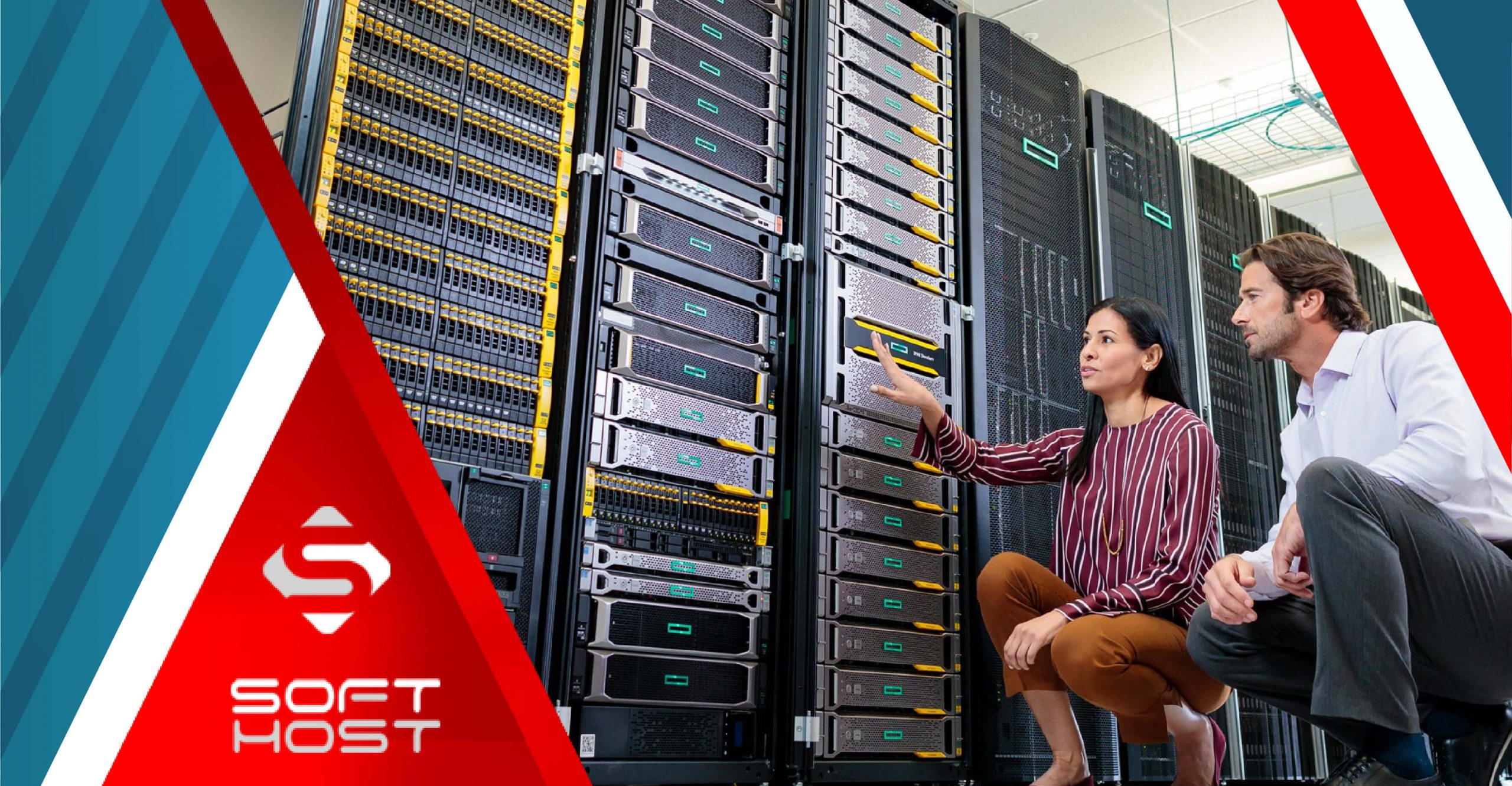
OpenStack is a collection of software for creating and managing public and private cloud computing platforms. In fact, Openstack is a software that implements the Cloud concept.
OpenStack is not a virtualizer or hypervisor, but it is implemented on the virtualizer so that you can control and use resources in the most optimal way possible. The interesting thing about Openstack is that it is not exclusive to a particular software or hardware. Therefore, it can be implemented on all virtual machines, including kvm, xen, openvz, Hyper-V, vSphere.
History of open stack
Table of Contents
The history of openstack goes back to Rackspace and NASA in 2010 and its design was done to create and manage public and private cloud computing platforms.
OpenStack software is supported by some of the largest software and hosting companies, as well as thousands of individual community members. Many believe that OpenStack is the future of cloud computing in the world. OpenStack is managed by the OpenStack Foundation, a non-profit organization that oversees the development and community building of the project.
What companies are OpenStack developers?
Most of the big technology companies such as Red Hat, VMware, Cisco, IBM, Intel, Oracle, etc. can be seen in the list of OpenStack developers.
What companies use OpenStack?
OpenStack itself is a collection of several projects that together provide the capabilities of the products of large service providers such as Amazon, Google, Microsoft, etc.
What is the mission of OpenStack?
With OpenStack, you can create virtual machines that are similar to other hardware virtualization methods, but are not specifically tied to a specific brand of hardware or software.
OpenStack is an open source tool, which means that anyone who chooses to use it can access its source code, make any changes or modifications that are needed, and make those changes free of charge. share on a wider level. Its open source also allows thousands of developers around the world to work on it and produce a software package with stronger and more secure features.
One of the advantages of cloud computing that led users from physical servers to cloud servers is the ability to use resources as needed. OpenStack helps you if you need more resources and traffic at certain times of the day and night. You don’t need to buy fixed resources and you only need to pay for the resources related to your plugin at the same moment and automatically. You may not need such high resources during your service life.
OpenStack enables its users to create virtual machines (which we call instances in cloud literature) to manage or perform various tasks in the cloud environment with desired hardware and network specifications in a very short period of time.

For example, suppose a web service like WordPress is responding to user requests on 5 virtual machines, if in this scenario the number of requests entered into this service exceeds the previously defined threshold, a virtual machine will be added to this set. The addition brings the number of cars in service to 6. And similarly, when the workload returns to the previous state and stays below the threshold for a specified period of time, the built machine will be cleared after this specified period and the environment configuration will be updated.
This possibility is very useful for store sites during the discount festival, which face a large number of visitors and due to lack of financial efficiency, do not have the possibility to purchase resources and traffic permanently. Provide a lot of resources and pay the cost in proportion to the time and amount of use of the added resources.
In another example, imagine that one of the company’s users requests to increase the resources of their service, but the host server does not have enough resources, in this case, the admin system can simply transfer the user’s service to another server in its cloud and respond to the resources required by the user. This can be done easily in the OpenStack system.
Architecture and different components of Openstack
OpenStack is made up of many moving components. For this reason, we said that OpenStack is a free community and anyone can add new components to it or improve existing components, which are all part of the OpenStack core, which is part of every OpenStack system that is officially for OpenStack has been maintained and developed.
Nova section of openstack
Nova is a core processing engine behind OpenStack. Nova is used to manage a large number of virtual machines within an OpenStack network to handle processing tasks.
Swift
swift open stack is a storage system for objects and files within the OpenStack stack that is used.
Cinder in the openstack collection
Cinder is a component for storing blocks of information, which is more like the traditional concept that the computer will be able to access different places on the hard drive.
Neutron on OpenStack
Neutron provides OpenStack networking functionality. Neutron helps every component in the OpenStack stack communicate with other components at high speed.
Introducing Horizon in OpenStack
Horizon is a dashboard behind OpenStack, which is only a graphical interface, so users who want to test and review OpenStack, this is the first component of OpenStack they see. Developers can access all the components using the API, but the dashboard can give the system administrator the ability to see what is happening on the cloud and manage them using it. Slow
What is Keystone?
Keystone provides OpenStack identity services, in fact, a central list of all users in our OpenStack cloud is located in this component, and user access to various components is granted through this component.
Glance
Glance provides image services on OpenStack. In this case, “images” refers to the images on the hard disk. Glance allows images to be used as templates when a new virtual machine is being deployed.
What are the benefits of OpenStack?
1- In OpenStack, you can monitor the resources of all available hardware (cpu, ram, hard, bandwidth) in an integrated manner.
2- In OpenStack, all the logs in the hardware are displayed in an integrated manner.
3- Changing and installing the operating system automatically
4- The possibility of moving a virtual server from one server to another
5- Sharing resources on several different servers in one service
And …
CATEGORY:Blog

